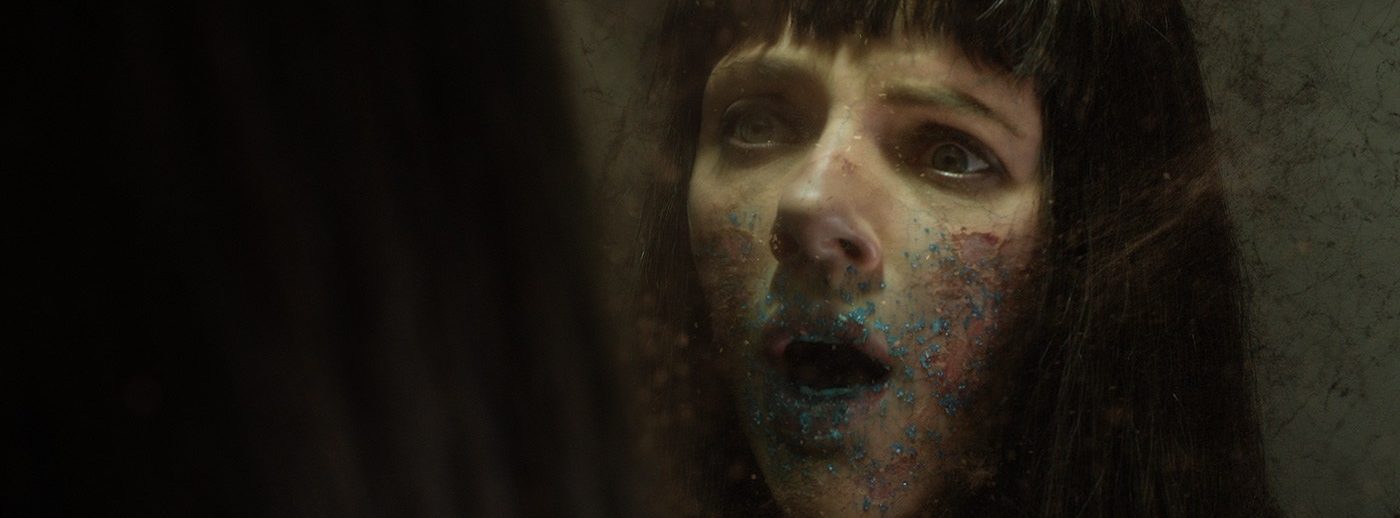To help Luc Besson visualize how the title character, Lucy (Scarlett Johansson), unlocks the full potential of her brain after an apparent overdose of an experimental drug through no fault of her own, we had to think differently. This wasn’t a typical visual effects film; it was much more abstract so we took a design-centric approach. One scene shows Lucy in a small holding room where she is being kept against her will. She is violently thrown around the room by an unseen force and ILM’s artists created the all-CG shots depicting what’s occurring inside her body. In another scene, as the drugs take effect Lucy locks herself inside an airplane lavatory she begins to dissolve into particles. The team mapped Scarlett’s performance onto our digital double of her and animate the particles to create the desired effect.
The biggest challenge on Lucy was the incredible range of work we had over a relatively small number of shots, 220 to be exact. A fully CG prehistoric human, cells dividing, the creation of the earth, time-lapse shots of New York City over hundreds of years, inside the body shots, animal eyes, black tendrils, abstract big bang imagery, and that’s not all of it. One artist described it as working on 10-15 completely different TV commercials all at the same time. In most typical productions you solve your design issues in the first third of production, the second third is mastering the process and starting to run shots and the last third is pure shot production. On this show our design process was continuous. We were constantly building custom workflows as the designs evolved making it a rewarding aspect of the show.
Luc Besson was a dream director to collaborate with. The visual effects team explored ideas together and every artist working on the show had the chance to design and experiment to achieve the desired effect. Luc came to ILM to engage with the artists and wanted our input and ideas. It was a wonderful opportunity for ILM and it made working on the film very special. He brought his ideas and communicated his desire for us to continue to push the look of the effects in the same direction or use it as a jumping-off point and develop something completely different.
Toward the end of the film, when Lucy’s brain reached 100 percent of its potential, she transforms into a black substance that takes the form of a supercomputer. ILM visual effects supervisor Richard Bluff and his team choose to approach the effect by leveraging a procedural technique where they created a program that would determine mathematically where the substance would go and then they would use chemical reactions and various fluid simulations to give it an interesting feel.
We contributed a variety of sequences to the film including the stylized timelapse sequence that resolves with Lucy sitting in Times Square, the big bang sequence, and the prehistoric human sequence.
